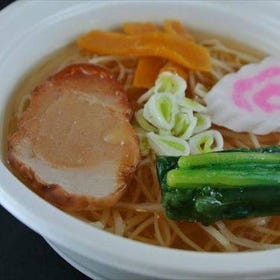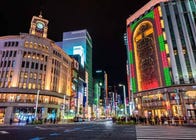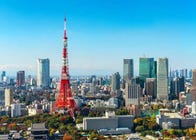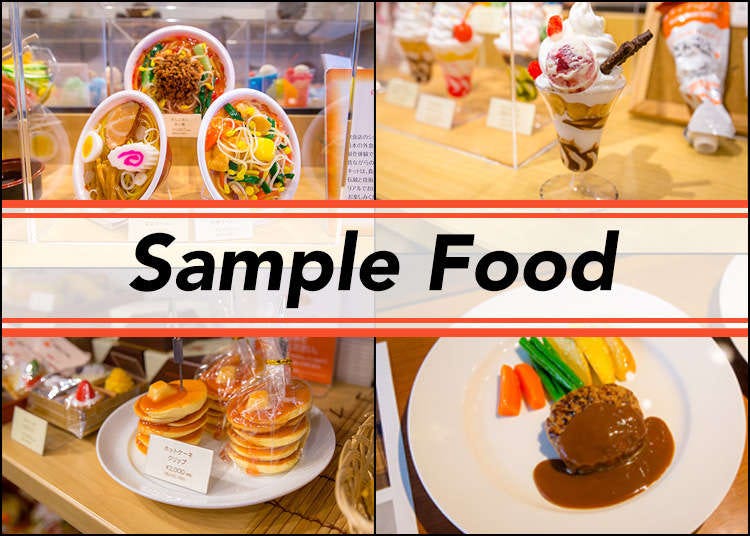
Only In Japan?! We Make Our Own 'Fake Food' Samples - An Experience You Won't Find Anywhere Else!
- Written by: Quentin Weinsanto
Ever marveled at the lifelike plastic food outside Japanese restaurants? These handcrafted samples are an art form in Japan—and you can try making them yourself! Learn about this quirky tradition and how to create your own fake food keepsake.
A workshop to replicate food
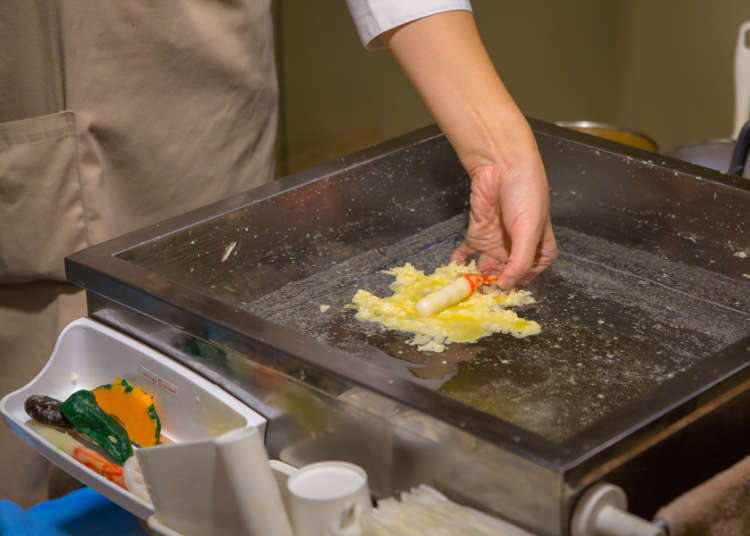
Few know how they are really made, but I had the chance to try this procedure in Kappabashi, a street dedicated to everything linked to cooking, like knives, chopsticks, pans, or even aprons. During this experience at Ganso Shokuhin Sample-ya, one of the most famous shop dedicated to plastic food, I had the chance to try two different things: first, a tempura, one of the easiest available. Then, a piece of lettuce, slightly more difficult.
Tempura: Get used to the technique
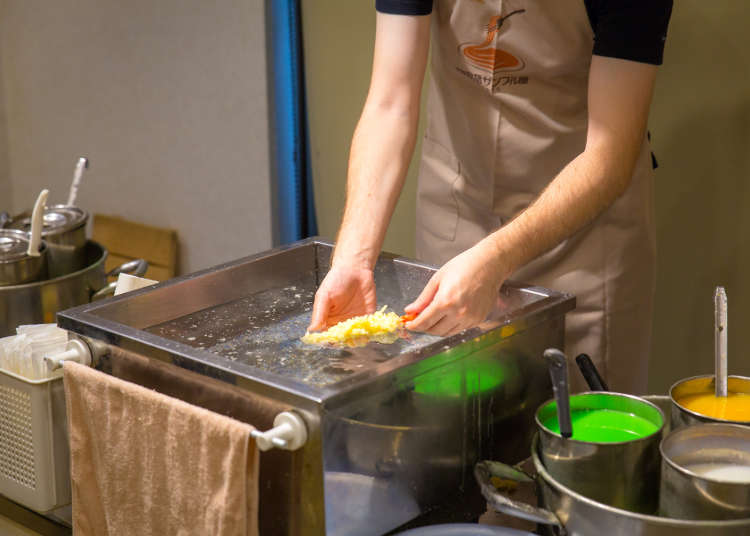
During the workshop, I created realistic food with wax, a material that was still used in this industry until thirty years ago, when it was replaced by plastic. But how does this process works? To make a tempura, colored wax is dribbled in a warm water basin to look like coating. A separately made food model, a shrimp in that case, is added on it, then the whole is gently submerged in the water and the food is shaped by hand. As it was my first try, I made my tempura slightly bigger than it should have been!
Mixing wax and creating a unique shape
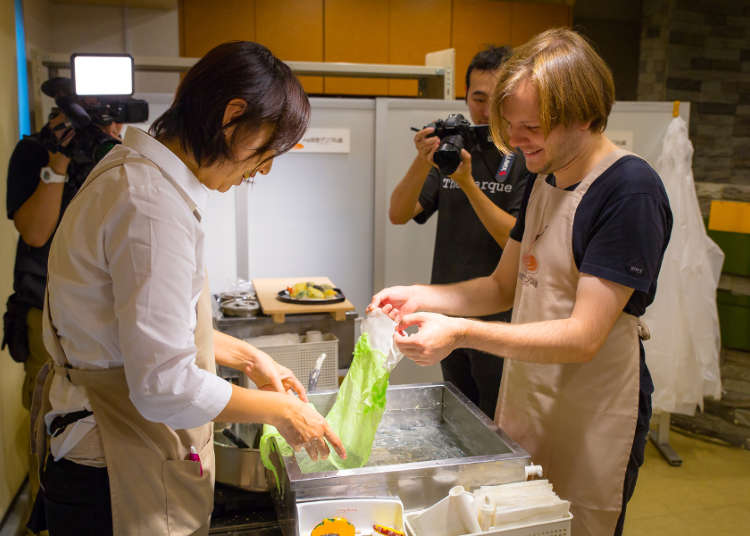
The lettuce is already more complex to make. It requires two different colors of wax: white and green, respectively for the inside and outside of the plant. After dribbling both of them to form two parallel horizontal shapes, they are submerged in the water but, this time, are moved slowly all across the basin to expand and form a large shape of a lettuce leaf. Then, the whole is folded to form the lettuce. The process requires caution during all the steps, but thanks to my teacher I was able to make it without too much trouble!
Fake food: A long history
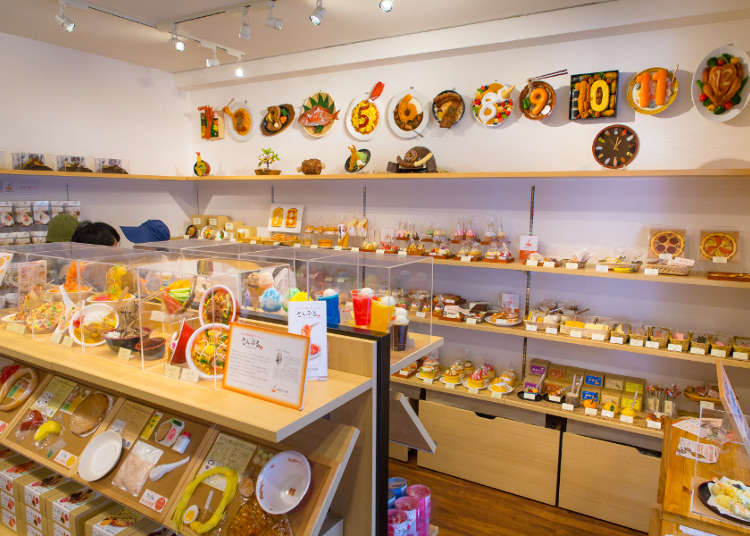
The first appearance of food samples as a way of showcasing a restaurant's menu was roughly one-hundred years ago. At that time, Western cuisine had just started to make its way on Japanese menus, the same time when restaurant floors in department stores came into fashion. At that time, they were called "okonomi shokudo", which basically translates to "canteen of your choosing", referring to the variety of dishes offered on one floor. Because the Japanese people back then didn't know the majority of dishes from abroad, restaurants began to use these very food samples to give their customers a better idea of what is being served.
Takizo Iwasaki, the inventor of food sampling, founded a company to offer this way of menu display to restaurants all around Japan - and it quickly became a huge success.
Not only about food
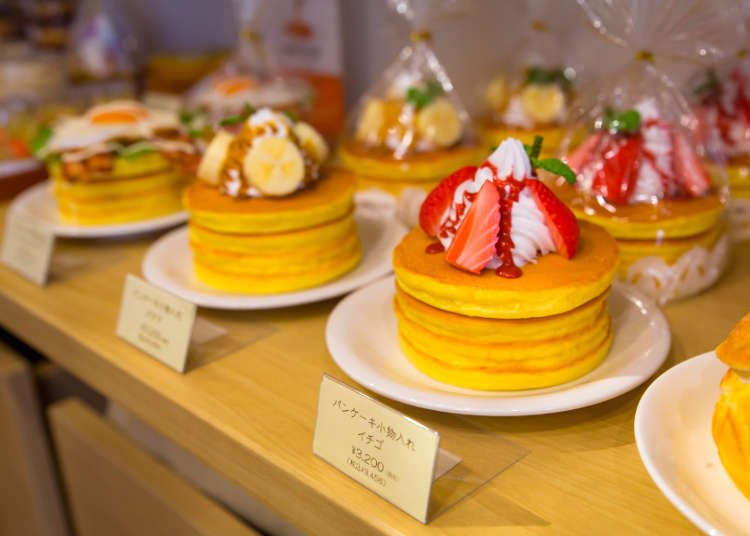
Nowadays, most manufacturers take an artisanal approach to the fake food making: the most appetizing dishes are made with a great care. Handcrafted, painted with a brush, they sometimes even look tastier than the real dishes. Some even expanded their products. In addition to food, Ganso Shokuhin Sample-ya is also doing other replicas, such as a giant 16m whale for a museum, plants or even lipsticks for department stores. The company's factory has about 130 employees. But, before their creations are sold, they need to practice for five years. Overall, the fake food experience is a really nice way to bring back an original gift from Japan!
-
Ganso Shokuhin Sample-ya元祖食品サンプル屋 合羽橋店
- Address 3-7-6 Nishi Asakusa, Taito-ku, Tokyo, 111-0035
Related Activity
Quentin Weinsanto is a journalist living in the area of Adachi-ku in Tokyo. Being in Japan since 2011, he always love to write about interesting stories or places to visit.
- Area
- Category
*Prices and options mentioned are subject to change.
*Unless stated otherwise, all prices include tax.
Popular Tours & Activitiess
Recommended places for you
-
Events

Asakusa Kimono Rental『DAIKICHI』
Culture Experience
Asakusa
-
Events

Japanese-style Healing Salon WANOKUNI
Culture Experience
Akihabara
-

Art Café T8 ASAKUSA
Culture Experience
Asakusa
-
Coupons

Puppy Café Rio Shinjuku
Culture Experience
Shinjuku
-
Coupons

WASAKE Sake Experience
Culture Experience
Asakusa
-

FUJI JAPAN Asakusa
Culture Experience
Asakusa
-

A Travel Game Changer! Go Hands-Free Between Tokyo and Kyoto with LUGGAGE EXPRESS by JTB and JR Tokai
by: Guest Contributor
-

New Seibu L00 Series Launching in 2026! What to See Along the Tokyo-Area Golden Route
by: Guest Contributor
-

[Extended Offer!](12% OFF KKday Coupon) Mt. Fuji Autumn Leaves, Powder Snow & More! 15 Best Tours to Experience Japan in Fall & Winter
-

Simply Oishii Wagashi School Discover Japanese Culture Through Wagashi: A Hands-On Experience!
by: Guest Contributor
-

Enjoy Japan's Gorgeous Winter Lights! Ride the Romancecar to Shonan no Hoseki Illumination
by: Guest Contributor
-

Get Ready to Catch 'Em All! First Ever Permanent Outdoor Pokémon Park Opening Near Tokyo!
Inspiration for Accommodations
-

Enjoy Mt. Fuji from the Comfort of Your Room! Recommended Ryokan with Mt. Fuji View
-

Stay Near the Cherry Blossoms! Hotels for Cherry Blossom Viewing in Tokyo
-

Family-Friendly Hotels with Free Shuttle to Disneyland: Convenient Access for a Magical Stay
-

Top Ranked Hakone Hotels with Mt. Fuji View: Enjoy Stunning Scenery from Your Private Space
-

Convenient Tokyo Hotels with Airport Shuttle: Ideal for Families and Heavy Luggage
-

Stunning Tokyo Tower View Hotels: Enjoy Spectacular Scenery from Your Private Space
-

Convenient Asakusa Hotels with Kitchens: Ideal for Extended Family Visits
-

Experience Luxury: Hakone's 10 Best Five-Star Accommodations
-

Enjoy Mt. Fuji Autumn Leaves! Top Hotels Near the Popular Autumn Leaves Corridor
-

Experience Hakone Fall Foliage from Your Room with Stunning Views
-

16 Secrets About Mt. Fuji, the Symbol of Japan: Even Japanese People Don’t Know That?!
-

[MOVIE] Achieve Your Cosplay Dreams at Cosplay Studio Crown!
by: Alex Kobayashi
-

Things to Do in Asakusa: Complete Sightseeing Itinerary For a $50 Budget
by: Ran Tanaka
-

Tokyo Cosplay! Makeup, & Dress Up Experience at Akihabara's Studio Crown
-

Got 3 Hours? Here Are 5 Fun Activities You Can Do in Tokyo!
by: Miyu Shimada
-

Tokyo Roppongi|Roppongi Station Area Map & Sightseeing Information
- #best ramen tokyo
- #what to buy in ameyoko
- #what to bring to japan
- #new years in tokyo
- #best izakaya shinjuku
- #things to do tokyo
- #japanese nail trends
- #what to do in odaiba
- #onsen tattoo friendly tokyo
- #daiso
- #best sushi ginza
- #japanese convenience store snacks
- #best yakiniku shibuya
- #japanese fashion culture
- #best japanese soft drinks













